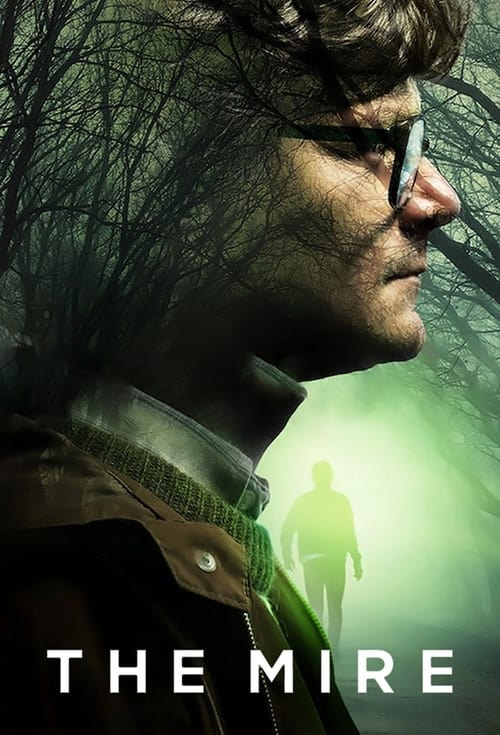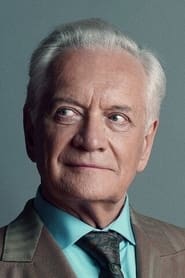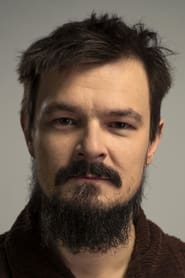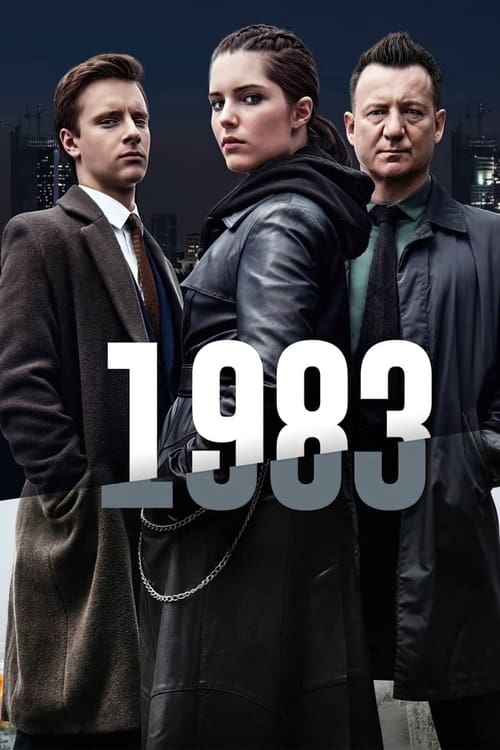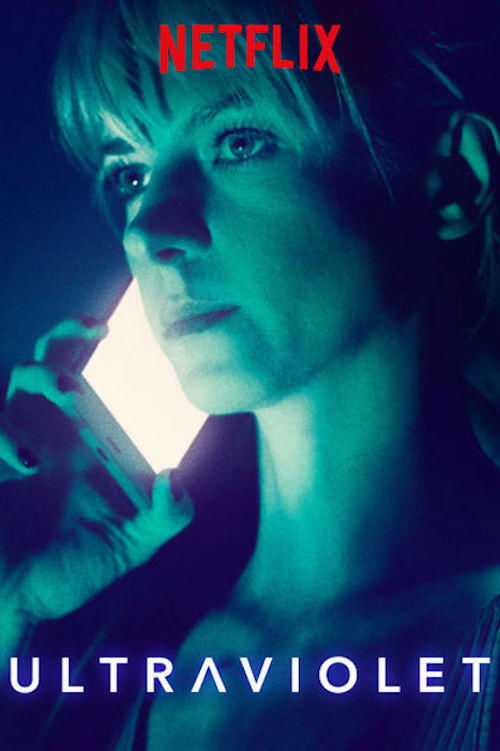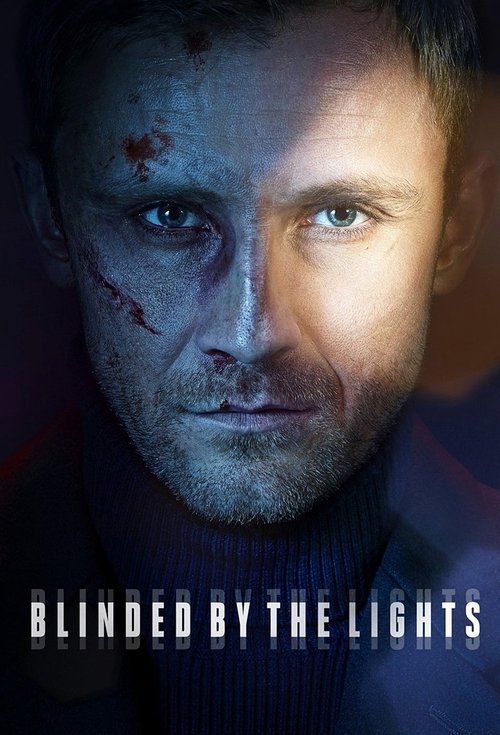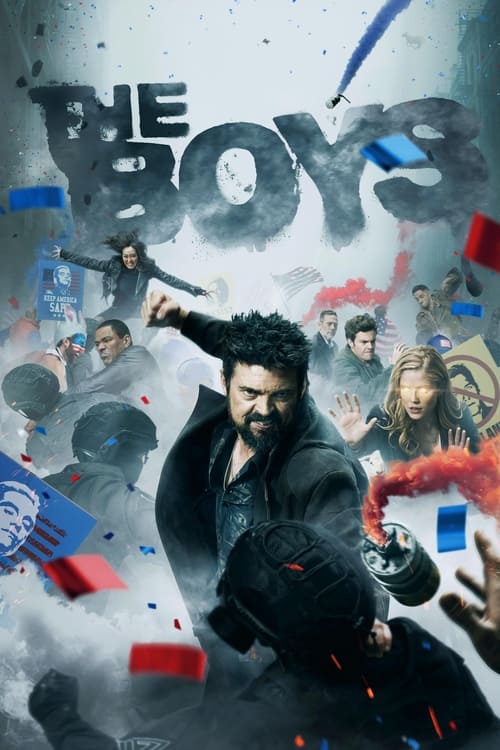
Ask Your Own Question
What is the plot?
In the small town of Kłodzko in 1976, the story begins with the discovery of a young woman's body in a swampy area. The victim is identified as a local girl named Iwona, who had been missing for some time. The police, led by the determined and somewhat jaded officer, Witold, begin their investigation into her death. The town is rife with rumors and secrets, and the investigation quickly reveals that Iwona had connections to several townspeople, including a group of young men who were known for their reckless behavior.
As the investigation unfolds, we are introduced to a journalist named Zofia, who is eager to uncover the truth behind Iwona's death. Zofia is driven by her own personal demons, including a troubled past and a desire to prove herself in a male-dominated field. She begins to dig deeper into the lives of the townspeople, interviewing friends and family of Iwona, and uncovering a web of lies and deceit. Her determination to get to the bottom of the story puts her at odds with the local police, who are not keen on her involvement.
Witold and Zofia's paths cross as they both seek answers, and a complicated relationship begins to form between them. Witold is initially skeptical of Zofia's intentions, but he soon realizes that her insights could be valuable to the investigation. They share information and work together, but their differing approaches to the case create tension. Witold is more focused on following leads and gathering evidence, while Zofia is more interested in the emotional and social implications of Iwona's death.
As they delve deeper, they uncover a series of disturbing events leading up to Iwona's death. They learn about her troubled relationships, including a toxic romance with one of the young men, and the influence of a local gang that seems to have a hold over the youth in the town. The investigation reveals that Iwona had been involved in a party scene that was both alluring and dangerous, and the more they learn, the more they realize that her death may not have been a simple case of murder.
The plot thickens when another body is discovered, this time a young man who had been associated with Iwona. His death raises the stakes and intensifies the investigation. Witold and Zofia are faced with mounting pressure from the community and the police department to solve the case quickly. As they continue to piece together the timeline of events, they encounter resistance from the townspeople, who are protective of their own and reluctant to speak out against the gang.
In a pivotal moment, Zofia confronts one of Iwona's friends, who reveals that Iwona had been involved in a dangerous game of betrayal and jealousy among her peers. This friend hints at a deeper conspiracy that involves several key figures in the town, suggesting that Iwona's death may have been orchestrated by someone close to her. This revelation sends Zofia and Witold on a frantic search for the truth, leading them to confront the gang and the power dynamics at play in Kłodzko.
As tensions rise, Zofia's investigation leads her to a confrontation with the gang members. In a tense scene, she is cornered and threatened, but she manages to escape, fueled by her determination to expose the truth. Witold, meanwhile, faces his own challenges as he navigates the politics of the police department and the pressure from his superiors to close the case. His internal struggle is palpable as he grapples with his own moral compass and the implications of the investigation.
The climax of the story occurs when Witold and Zofia finally connect the dots and confront the individuals responsible for Iwona's death. In a dramatic showdown, they gather evidence and confront the gang members, leading to a tense standoff. The confrontation reveals the extent of the corruption and the lengths to which people will go to protect their secrets. Witold's resolve is tested as he must decide whether to uphold the law or protect those he has come to care about.
In the aftermath of the confrontation, the truth about Iwona's death is revealed, leading to a series of arrests and a reckoning for the town. The emotional fallout is significant, as the community grapples with the reality of what has transpired. Zofia's journey comes full circle as she reflects on her own motivations and the impact of the investigation on her life and career.
The series concludes with a sense of unresolved tension, as the characters are left to deal with the consequences of their actions. Witold and Zofia's relationship is left ambiguous, hinting at the complexities of their connection amidst the chaos of the investigation. The final scenes capture the lingering shadows of the past, leaving the audience with a haunting sense of the mire that envelops Kłodzko and its inhabitants.
What is the ending?
In the ending of "The Mire," the story culminates in a tense confrontation that reveals the dark truths behind the events that have unfolded. The main characters face the consequences of their actions, leading to a tragic resolution that leaves them forever changed.
As the final episodes unfold, we see the aftermath of the investigation into the murder of a young girl, which has haunted the small town. The journalist, who has been deeply involved in uncovering the truth, faces moral dilemmas and personal losses. The police officer, who has been struggling with his own demons, finds himself at a crossroads, forced to confront the reality of his choices. The tension builds as secrets are revealed, leading to a climactic moment that forces the characters to reckon with their pasts.
In the end, the journalist uncovers the identity of the murderer, but the revelation comes at a great cost. The police officer, burdened by guilt and regret, makes a fateful decision that alters the course of his life. The community is left to grapple with the fallout of the tragedy, and the characters are left to navigate their own paths in a world forever changed by the events that transpired.
As the final act of "The Mire" unfolds, the atmosphere is thick with tension and unresolved emotions. The scene opens in the dimly lit office of the journalist, who is poring over documents and photographs related to the murder case. The weight of the investigation hangs heavily on her shoulders, and her determination to uncover the truth is palpable. She is driven not only by her professional duty but also by a personal connection to the victim, which fuels her relentless pursuit of justice.
Cut to the police station, where the officer is grappling with his own internal struggles. He sits at his desk, staring blankly at the case files, haunted by the choices he has made. The camera lingers on his face, capturing the turmoil within him. He knows that the truth is within reach, but the fear of what it might mean for him and the community holds him back. His motivations are conflicted; he wants to do right by the victim but is also aware of the implications of exposing the truth.
As the journalist and the officer's paths converge, they find themselves in a tense confrontation. The journalist, armed with evidence, confronts the officer about his knowledge of the case. The dialogue is charged with emotion, as both characters lay bare their fears and regrets. The officer's facade begins to crack, revealing the guilt he has been carrying. The stakes are high, and the tension escalates as they grapple with the moral complexities of their roles in the investigation.
In a pivotal moment, the journalist reveals the identity of the murderer, a revelation that sends shockwaves through the community. The scene shifts to a public gathering where the townspeople are grappling with the implications of the truth. The camera captures the mixed reactions of shock, anger, and sorrow as the community processes the betrayal and loss. The emotional weight of the moment is palpable, as the characters and the audience alike confront the harsh realities of their world.
As the dust settles, the officer makes a fateful decision that leads to his own downfall. In a moment of desperation, he takes actions that seal his fate, leaving him to face the consequences alone. The final scenes depict him in isolation, reflecting on his choices and the lives affected by the tragedy. The weight of his guilt is evident, and the emotional toll is etched on his face.
The journalist, on the other hand, finds herself at a crossroads. While she has achieved her goal of uncovering the truth, the victory feels hollow. The emotional burden of the case lingers, and she is left to navigate her own grief and loss. The final shot of her walking away from the scene encapsulates the bittersweet nature of her journey, as she carries the weight of the story with her.
In the closing moments, the community is left to pick up the pieces, forever changed by the events that transpired. The camera pans over the town, capturing the somber atmosphere as the characters reflect on their choices and the impact of the tragedy. The ending leaves a lingering sense of unresolved tension, highlighting the complexities of human nature and the consequences of our actions. Each character is left to confront their own demons, and the story concludes with a haunting reminder of the fragility of life and the darkness that can lurk beneath the surface.
Is there a post-credit scene?
The Mire, produced in 2018, does not feature a post-credit scene. The series concludes its narrative without any additional scenes after the credits roll. The final moments of the show focus on the resolution of the central mystery and the fates of the main characters, leaving viewers with a sense of closure regarding the story's themes of morality, justice, and the impact of past actions. The absence of a post-credit scene emphasizes the weight of the story's conclusion, allowing the audience to reflect on the events that have transpired.
What role does the character of journalist Kaja play in uncovering the truth behind the murders?
Kaja, portrayed as a determined journalist, becomes deeply involved in the investigation of the murders that take place in the small town. Her motivations stem from a desire to expose the truth and bring justice to the victims. As she delves deeper into the case, she faces numerous obstacles, including local resistance and personal threats, which heighten her emotional stakes and drive her to uncover the dark secrets hidden within the community.
How does the relationship between Kaja and her father influence the narrative?
Kaja's relationship with her father is complex and fraught with tension. As she investigates the murders, she grapples with her father's past and his connections to the town's history. This dynamic adds layers to her character, as she seeks both to understand her father's choices and to assert her independence. Their interactions are charged with unresolved emotions, reflecting Kaja's internal struggle between familial loyalty and her quest for truth.
What is the significance of the setting in the marshlands for the story?
The marshlands serve as a haunting backdrop for the narrative, symbolizing both isolation and entrapment. The foggy, murky environment mirrors the obscured truths and hidden dangers that the characters face. As Kaja navigates this treacherous landscape, the setting amplifies the tension and suspense, reflecting the emotional turmoil of the characters and the dark secrets that lie beneath the surface.
How does the character of the police officer, Włodzimierz, evolve throughout the series?
Włodzimierz, initially portrayed as a dedicated but conflicted police officer, undergoes significant development as the investigation unfolds. His internal conflict between duty and personal ethics becomes increasingly pronounced as he grapples with the implications of the case. As he collaborates with Kaja, his motivations shift from mere adherence to protocol to a deeper commitment to justice, revealing his vulnerabilities and the weight of his responsibilities.
What impact do the town's residents have on the investigation and Kaja's journey?
The residents of the town play a crucial role in shaping the investigation's trajectory. Their varying reactions to Kaja's inquiries range from hostility to reluctant cooperation, reflecting the community's fear of exposing its secrets. This interaction creates a palpable tension, as Kaja must navigate the delicate balance between gaining their trust and confronting their resistance. The emotional weight of their stories adds depth to the narrative, illustrating the interconnectedness of the characters and the collective trauma of the town.
Is this family friendly?
"The Mire" (original title: "Rojst") is a Polish crime drama set in the late 1980s, and it contains several elements that may not be suitable for children or sensitive viewers. Here are some potentially objectionable aspects:
-
Violence: The series includes scenes of murder and physical altercations, which can be graphic and intense.
-
Mature Themes: The narrative explores dark themes such as corruption, betrayal, and moral ambiguity, which may be difficult for younger audiences to understand.
-
Substance Abuse: There are depictions of alcohol consumption and drug use, reflecting the societal issues of the time.
-
Sexual Content: The show contains scenes with sexual situations and nudity, which may not be appropriate for younger viewers.
-
Emotional Distress: Characters experience significant emotional turmoil, including grief, guilt, and despair, which could be upsetting for sensitive viewers.
-
Crime and Corruption: The portrayal of law enforcement and the justice system may be unsettling, as it highlights themes of systemic corruption and moral decay.
Overall, "The Mire" is intended for a mature audience and may not be suitable for children or those who are sensitive to such content.

